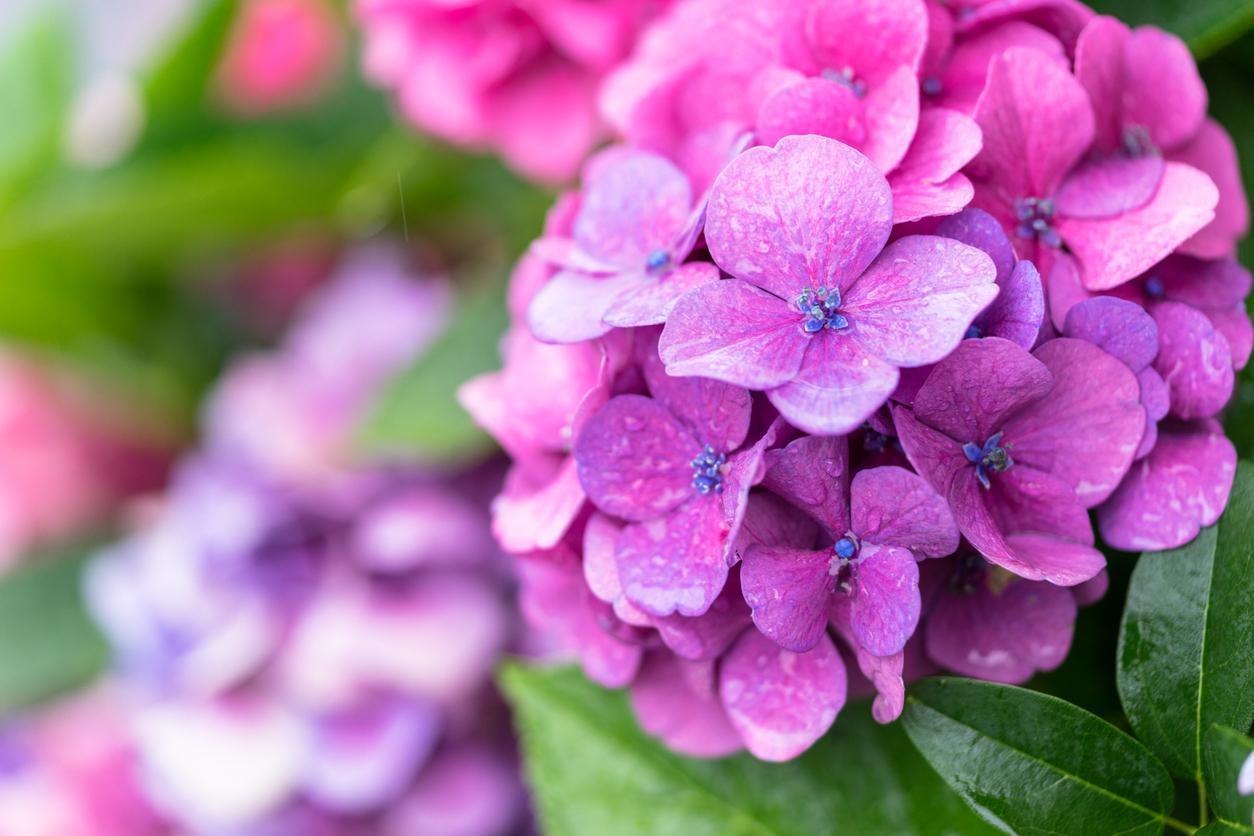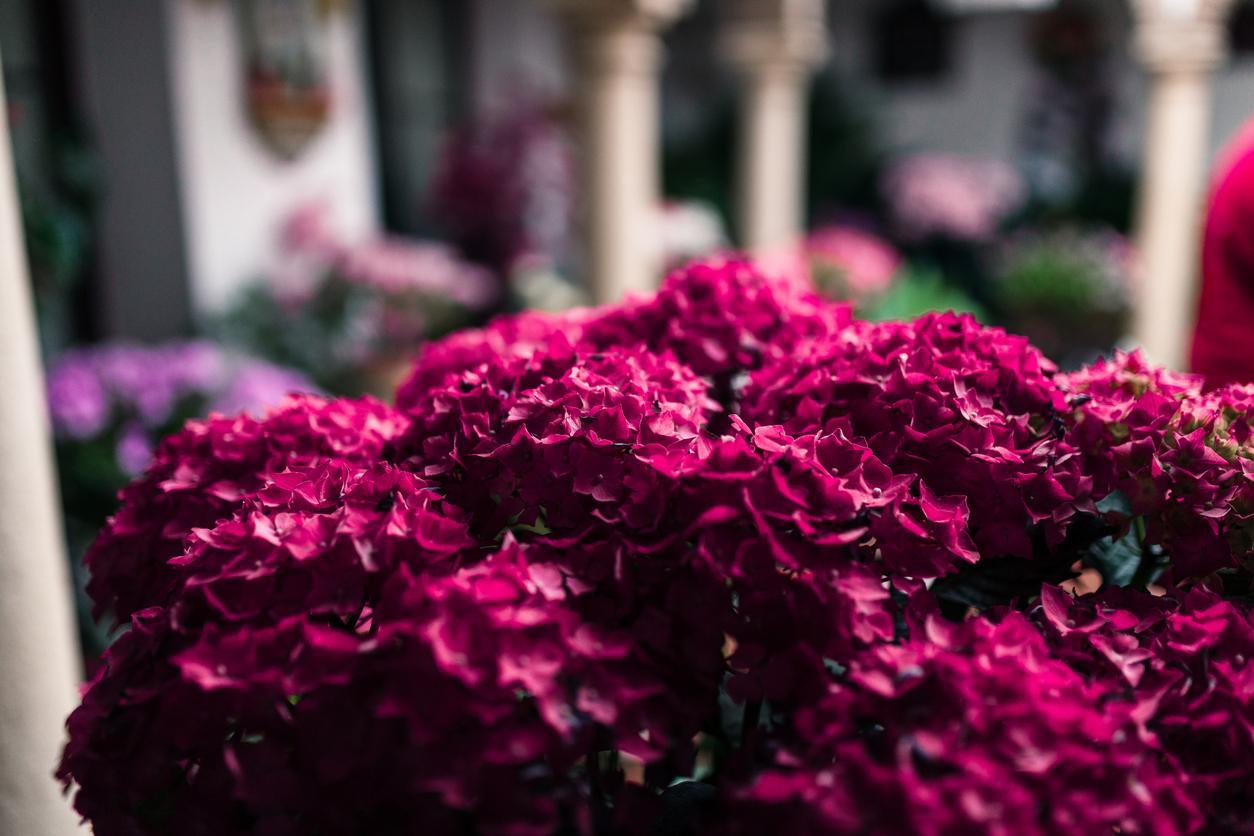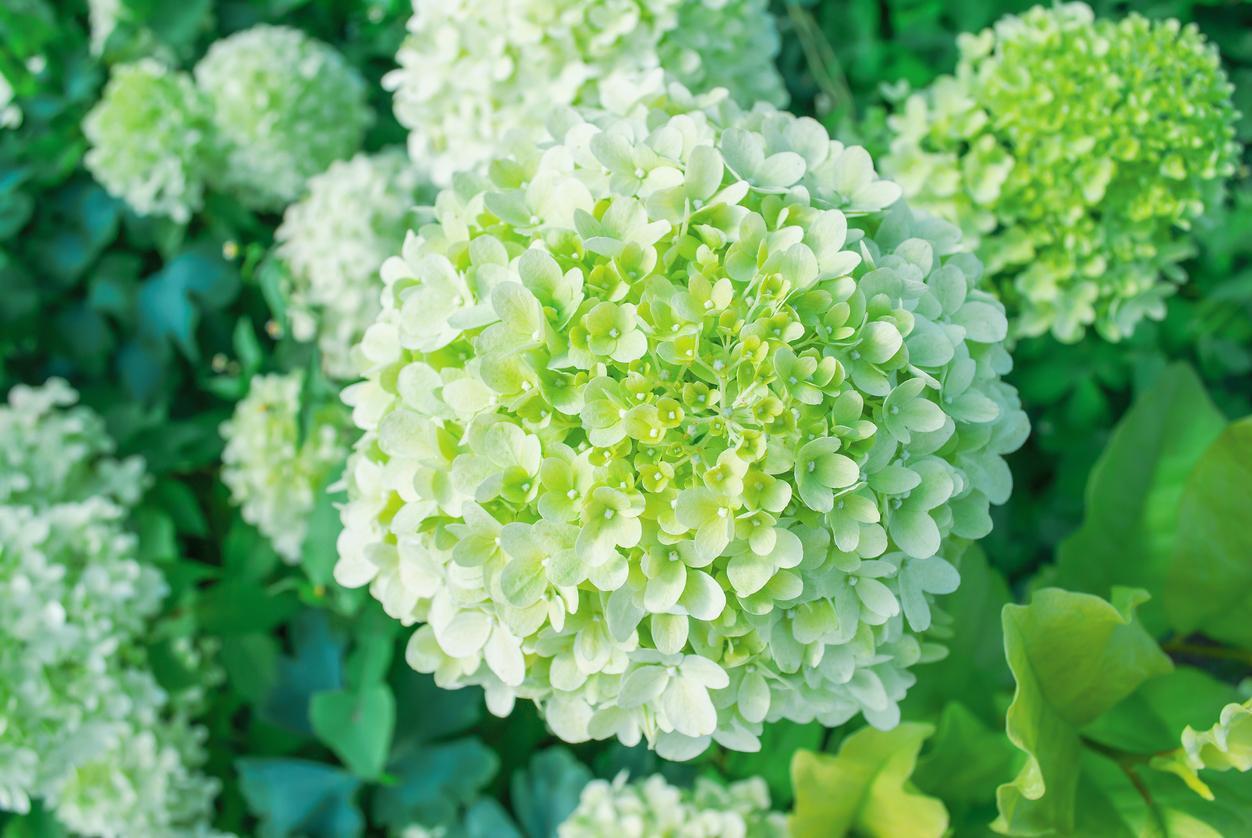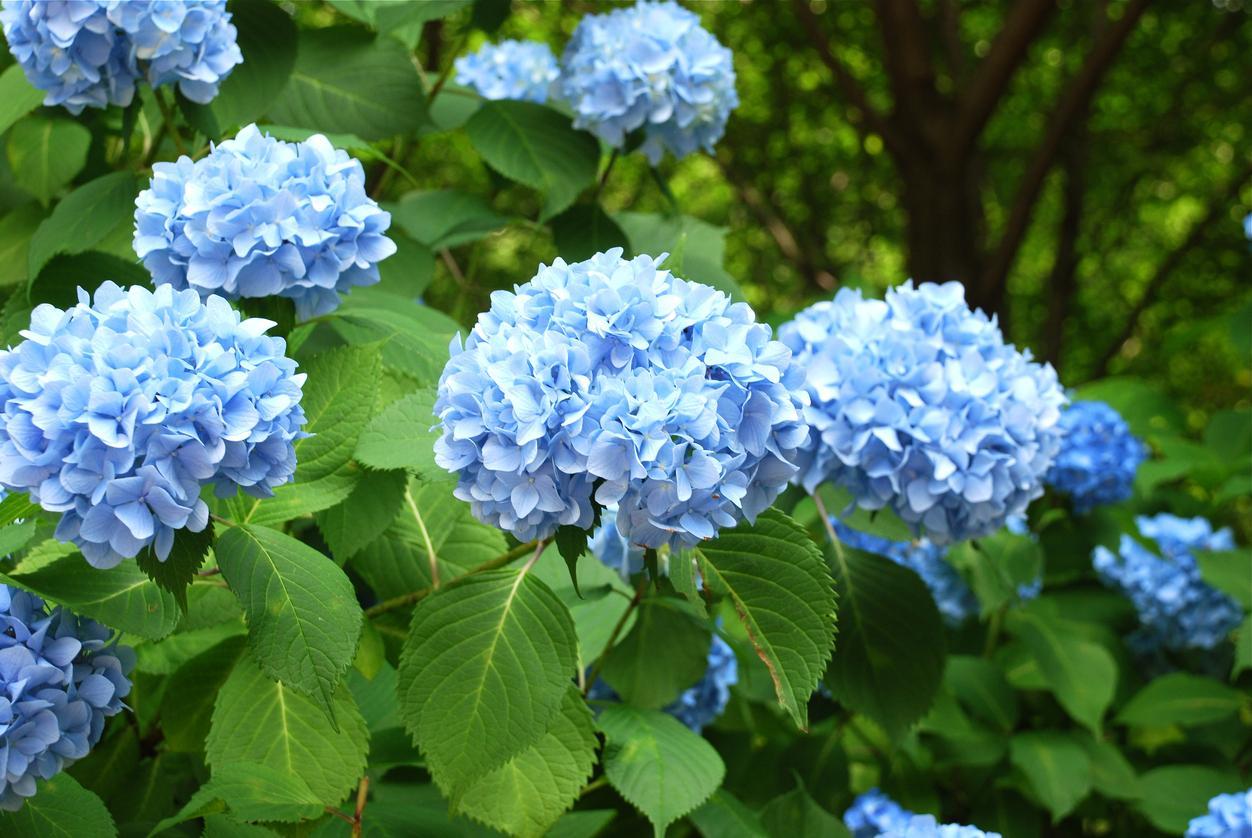How to Change the Color of Hydrangeas Naturally


The hydrangea is a very recognizably flower according to its petal structure and shape. However, some people can be a little confused when they see one in a different color than they are used to. This is simply because hydrangea plants can be found in various colors. Regardless of color, they will need to be protected from very strong sun and dry environments. Not only can hydrangea present in different colors, it is possible to change them.
At oneHOWTO, we show you how to change the color of hydrangeas naturally. We do so in a way that protects the plant ensures they live for a long time.
Can you change the color of a hydrangea?
You may be able to infer that you can change the color of hydrangeas from the title of this article. However, you may see some articles showing you how to change the color of petals using dyes and other chemicals. At oneHOWTO we show you that you can change the color of hydrangea flowers naturally, but there are several factors we need to take into consideration.
The type, pH level (acidity), minerals and other nutrients present in the soil are very important for your plant's health. However, they are also important in determining the color of its flower's petals. The plant absorbs water containing these nutrients through its roots. This is why the type of fertilizer is also very important for each individual plant. This not only keeps the plant healthy, but helps to maintain color. Changing these nutrients can change the color of the hydrangea flower.
If you want to avoid losing brightness in the color of your hydrangeas, you can also add a little vinegar to the soil. Not too much, but a little will help change the acidity improve the coloration. Without it, the flower will be dull and lose its intensity of tone. Also, this is a plant ideal for only partial sun, so protecting it from strong rays will also help to maintain color.
For more general information on this plant, take a look at our article on caring for hydrangeas.
Pink hydrangeas
As we have stated above, the composition of the substrate in which the plant lives is the key to the coloring of its flowers. If you are interested in knowing how to change your hydrangea color to pink, plant them in an alkaline soil. Alkaline soil is one whose pH is higher than 7. The best are soils which have limestone in their composition.
Even if you take this precaution into account, it may be that your hydrangeas turn to blue. If you want to avoid this, because you like roses more, what you should do is raise the pH of the soil so that the pink tones continue to prevail. To do this, you will have to reduce the acidity of the substrate. Using specific fertilizers, which include minerals such as calcium or dolomite, is the main way to achieve this encourage pink blooms.
Also, the presence in the ground of heavy metals such as aluminum can influence the color of the flower. If you want pink, avoid soils rich in aluminum. To neutralize the action of this compound, choose fertilizers that also include phosphorus in their composition. As a home remedy, fertilizing your hydrangeas naturally with wood ash is an excellent way to enhance alkalinity by reducing the acidity of the earth and favoring pink flowers.
If you want to grow more of this colorful plant, you can do so by growing new hydrangeas with cuttings.
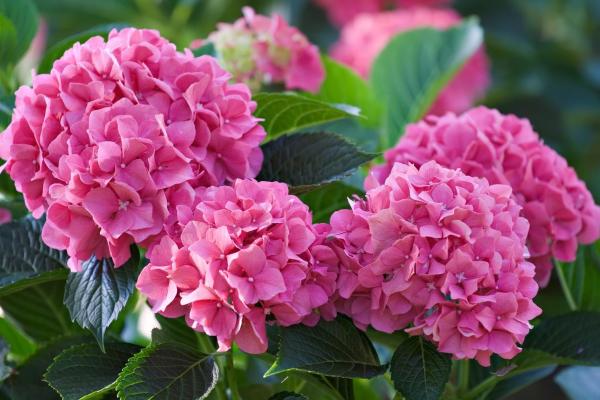
Red hydrangeas
Red hydrangeas are especially striking and that intense garnet tone is rare in nature. It is somewhat difficult to achieve, except in some varieties that tend to have this tone naturally. Even so, the transition from pink to red can be made by intensifying the alkalinity of the soil. Clay soils are ideal to achieve red hydrangeas, especially those enriched with dolomite and without the presence of aluminum in their composition.
As a home trick, there are those who say that adding a tablespoon of paprika to irrigation water helps the hydrangea flower to intensify the garnet tone. However, this hasn't had much success in our experience.
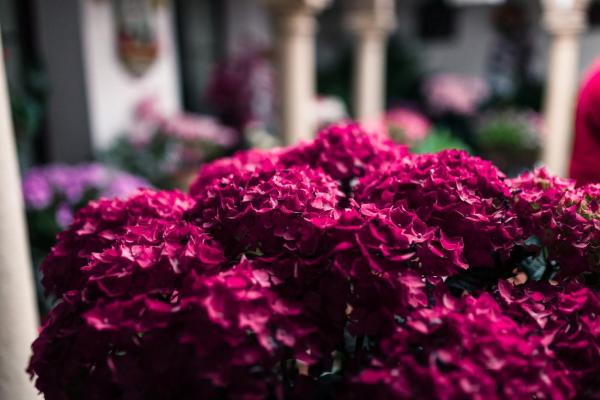
White hydrangeas
The beauty of white hydrangeas beauty makes them a favorite of many lovers of this beautiful shrub. The first thing to clarify is that it is difficult to alter the white of a hydrangea because many of these flowers are a specific variety. In this case, the flowers will only bloom white. It is also impossible to completely transform a red or blue hydrangea into a white one.
If you are thinking about how to change the color of hydrangeas to white, you should know that with some time and specific fertilizers you will be able to lighten it or reduce the intensity of the tone. However, a hydrangea of intense blue will never reach a pure white. Despite this, the composition of the soil will determine the final tone. If you're after white, opt for alkaline soils with a pH of 8 or higher. Adding chalk lime to the soil can help you achieve your goal.
If you want this color, but cannot change your hydrangea, there is another flower which can survive in similar climates. In this case, you could do worse than choosing a white rose for your flower bed.

Blue hydrangeas
From light blue to intense indigo, blue hydrangeas can have a thousand shades. They are all perfect for filling a garden with color. To show off their hues in all their splendor, blue hydrangeas need an acidic soil with a pH below 6.
How to maintain the blue color of hydrangeas?
Periodically, check the pH levels and increase it whenever necessary for the health of the plant and also for the liveliness of the color of its flowers. Ideally, apply fertilizers containing iron sulfates and also aluminum sulfates. Do so in late winter and before the flowers bloom. Those that also incorporate soluble sulfur also provide excellent results.
If you prefer, you can increase the acidity of the soil by mixing acidic soil in the substrate, which you can find in garden centers. You can also cover the ground with a natural mulch made from leaves of the hydrangea itself mixed with pine bark. Another option is to use a homemade hydrangea blue coloring, but this may not achieve the color change naturally.
A few drops of vinegar or lemon in the irrigation water (always poured on the ground, not on the leaves or flowers directly) will increase the acidity of the soil in a natural way. This will result in intensifying the blue of your hydrangeas.

If you want to read similar articles to How to Change the Color of Hydrangeas Naturally, we recommend you visit our Gardening & plants category.




